Tourism is generally focused on the coastal areas of Goa, with lower tourist activity inland. In 2010, there were more than 2 million tourists reported to have visited Goa, about 1.2 million of whom were from abroad. As of 2013, Goa was a destination of choice for Indian and foreign tourists, particularly Britons and Russians, with limited means who wanted to party. The state was hopeful that changes could be made which would attract a more upscale demographic.
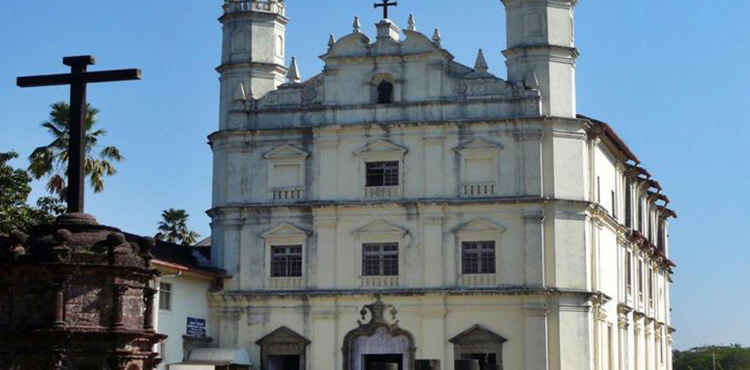
Goa stands 6th in the Top 10 Nightlife cities in the world in National Geographic Travel. Notable nightclubs in Goa include Chronicle, Mambos and Sinq.
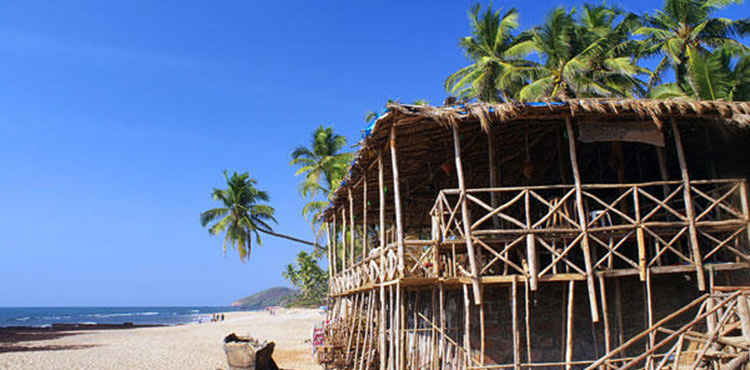
One of the biggest tourist attractions in Goa is water sports. Beaches like Baga and Calangute offer jet-skiing, parasailing, banana boat rides, water scooter rides, and more.
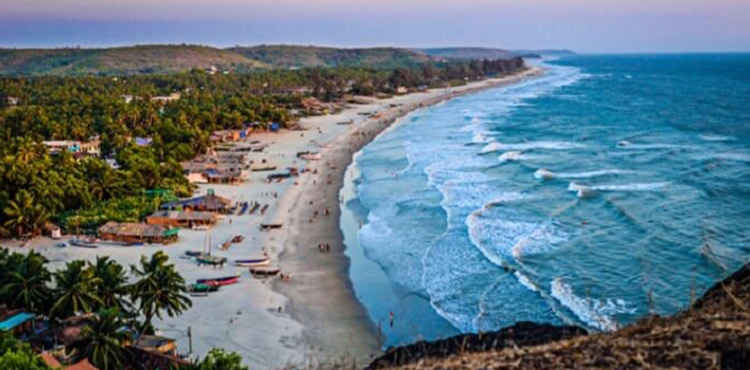
Over 450 years of Portuguese rule and the influence of the Portuguese culture presents to visitors to Goa a cultural environment that is not found elsewhere in India. Goa is often described as a fusion between Eastern and Western culture with Portuguese culture having a dominant position in the state be it in its architectural, cultural or social settings. The state of Goa is famous for its excellent beaches, churches, and temples. The Bom Jesus Cathedral, Fort Aguada and a new wax museum on Indian history, culture and heritage in Old Goa are other tourism destinations.
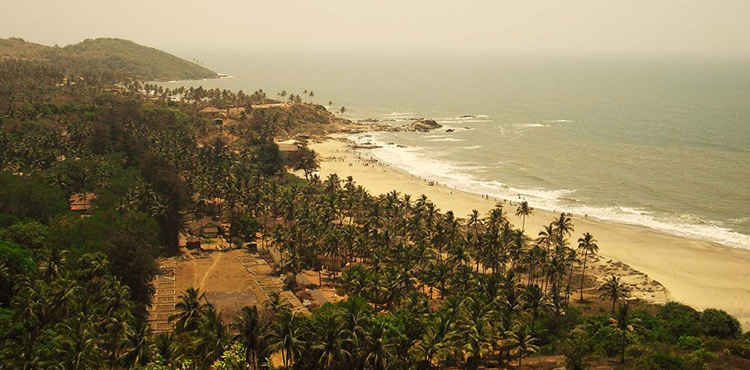
Historic sites and neighbourhoods
Goa has two World Heritage Sites: the Bom Jesus Basilica and churches and convents of Old Goa. The basilica holds the mortal remains of St. Francis Xavier, regarded by many Catholics as the patron saint of Goa (the patron of the Archdiocese of Goa is actually Saint Joseph Vaz). These are both Portuguese-era monuments and reflect a strong European character. The relics are taken down for veneration and for public viewing, per the prerogative of the Church in Goa, not every ten or twelve years as popularly thought and propagated. The last exposition was held in 2014.
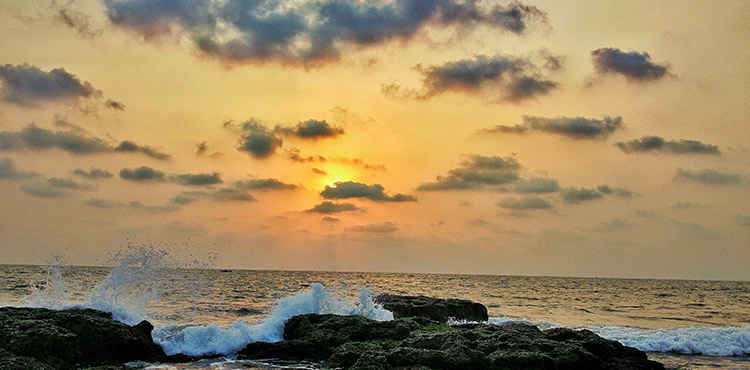
Goa has the Sanctuary of Saint Joseph Vaz in Sancoale. Pilar monastery which holds novenas of Venerable Padre Agnelo Gustavo de Souza from 10 to 20 November yearly. There is a claimed Marian Apparition at the Church of Saints Simon and Jude at Batim, Ganxim, near Pilar, where Goans and non-resident Goans visit. There is the statue of the bleeding Jesus on the Crucifix at the Santa Monica Convent in Velha Goa. There are churches (Igorzo), like the baroque styled Nixkollounk Gorb-Sombhov Saibinnich Igorz (Church of the Our Lady of Immaculate Conception) in Panaji, the Gothic styled Mater Dei (Dêv Matechi Igorz/ Mother of God) church in Saligao and each church having its own style and heritage, besides Kopelam/ Irmidi (chapels).
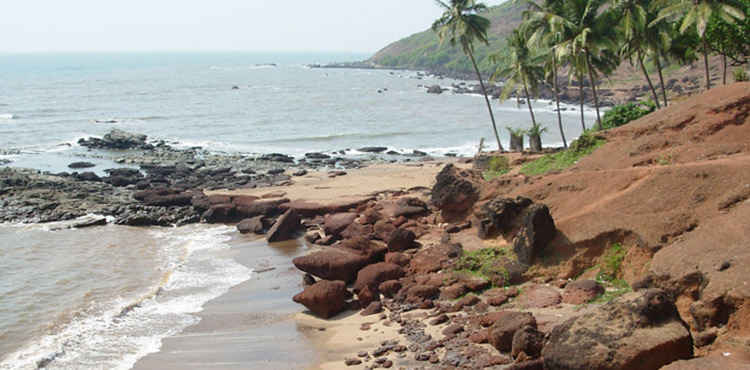
The Velhas Conquistas regions are known for Goa-Portuguese style architecture. There are many forts in Goa such as Tiracol, Chapora, Corjuem, Aguada, Reis Magos, Nanus, Mormugao, Fort Gaspar Dias and Cabo de Rama.[citation needed]
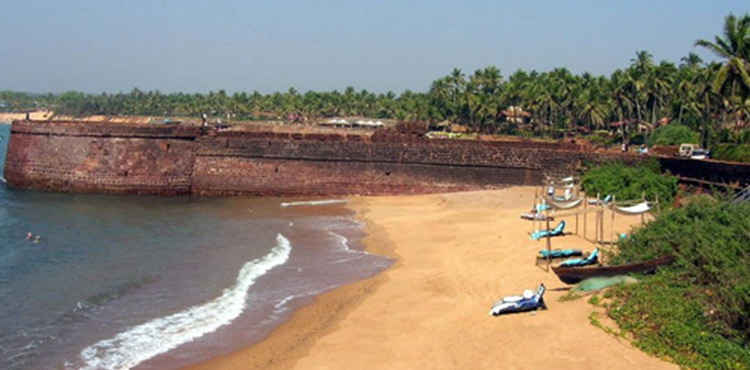
In many parts of Goa, mansions constructed in the Indo-Portuguese style architecture still stand, though, in some villages, most of them are in a dilapidated condition. Fontainhas in Panaji has been declared a cultural quarter, showcasing the life, architecture and culture of Goa. Influences from the Portuguese era are visible in some of Goa's temples, notably the Shanta Durga Temple, the Mangueshi Temple, the Shri Damodar Temple and the Mahalasa Temple. After 1961, many of these were demolished and reconstructed in the indigenous Indian style.
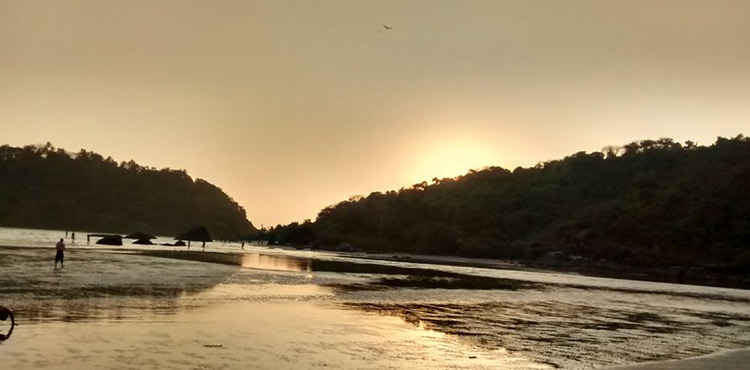
Museums and science centre
Goa has three important museums: the Goa State Museum, the Naval Aviation Museum and the National Institute of Oceanography. The aviation museum is one of three in India (the others are in Delhi and Bengaluru). The Goa Science Centre is in Miramar, Panaji. The National Institute of Oceanography, India (NIO) is in Dona Paula. Museum of Goa is a privately owned contemporary art gallery in Pilerne Industrial Estate, near Calangute.
Comments